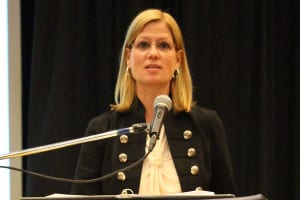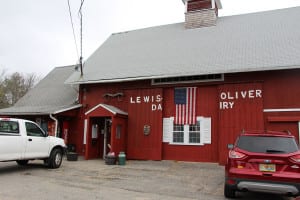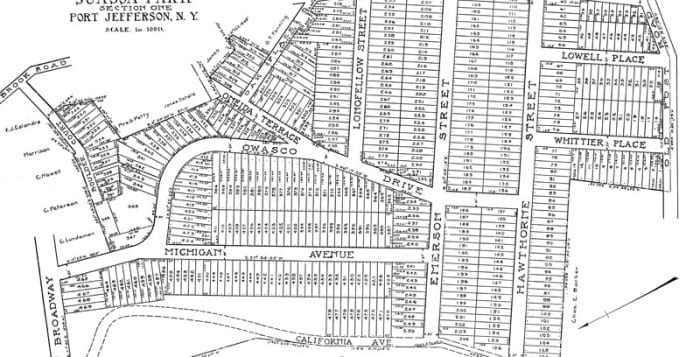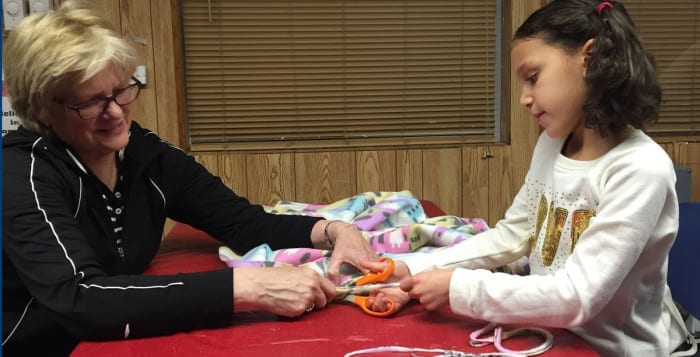During last week’s Rocky Point Drug Forum, Brookhaven Councilwoman Jane Bonner (C-Rocky Point) announced her new step to combat drug use, with a ban regarding hookah lounges and smoke and vape shops in Brookhaven Town.
If the town approves and implements the councilwoman’s proposal, prospective shop owners cannot establish their businesses within 1,000 feet of family- or child-oriented institutions or various public places. These locations include educational and religious facilities; non-degree granting schools, like ballet and karate studios; and swimming pools. The ban won’t apply to existing lounges and shops that have proper permits and certificates of occupancy.
The idea isn’t simply to deter students from purchasing items from the store, but also to prevent them from using these devices, or similar items, to smoke drugs like marijuana. During last week’s forum, John Venza, vice president of Adolescent Services for Outreach, said some vaporizers can accommodate various forms of marijuana including dabs, a wax-like form of the drug that has higher levels of THC.
According to Venza, marketing has also changed over the years to appeal to a younger audience. Bonner not only agreed with Venza, but went a step further.
“We all know that those attractive signs that lure the kids in are the very same reason the government banned Camel advertising,” Bonner said during last week’s forum. She added that parents need to keep a closer eye on their kids by observing their social media accounts, going through their phones and having family dinners.

For the Rocky Point school district and community alike, fighting substance abuse is a top priority. But according to Rocky Point Superintendent of Schools Michael Ring, the fight is an uphill battle with new devices on the market.
“One of the things that works against us is the emerging technology that makes it easier for students to be brought in and grow that into abuse,” Ring said.
But Rocky Point Smoke & Vape Shop employee Alex Patel said the ban might be a good idea with little reward. According to the Rocky Point resident and father of two, parents have purchased vaporizers and accessories for their children. Patel said the shop isn’t legally allowed to sell to residents who are under 21 years old, but this isn’t the only way students are acquiring the devices.
“Online, I see people buying left and right,” Patel said about vaporizers and similar devices. “It’s much cheaper online because they’re buying in bulk. So what they’re paying in the store $50, online, they can get it for $20.”
He added that it’s also easier for students to purchase these items online because these sites don’t verify the buyer’s age. In light of this, Patel continued saying the proposed ban won’t stop these underage residents from finding what they’re looking for.
North Shore Youth Council Executive Director Janene Gentile said she hasn’t seen an increase in these shops near her organization, but said the youth council works “with the legislators around holding the pharmaceutical companies accountable” as well.
“I believe in this bill,” Gentile added.
Residents can voice their opinions regarding the ban at the May 12 public hearing at 6 p.m. in Brookhaven Town Hall.

















